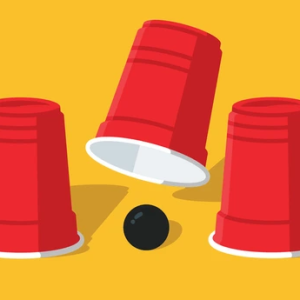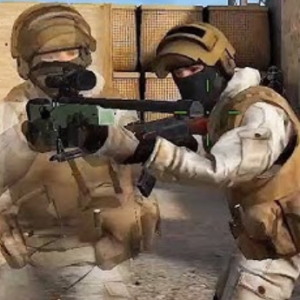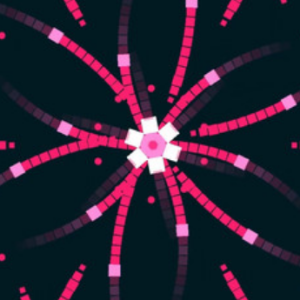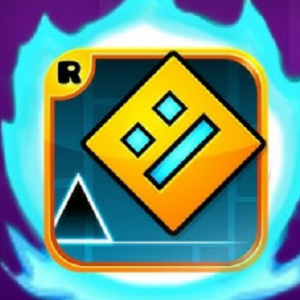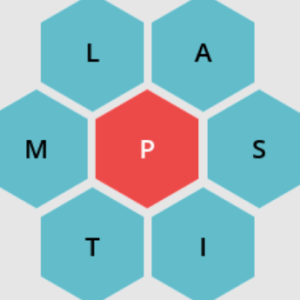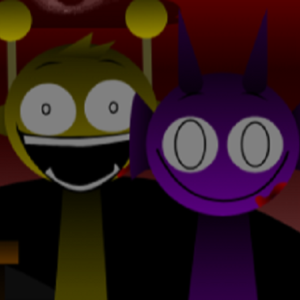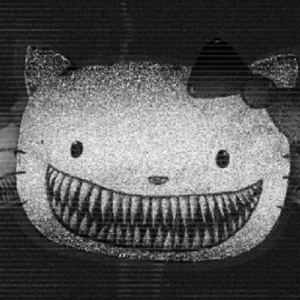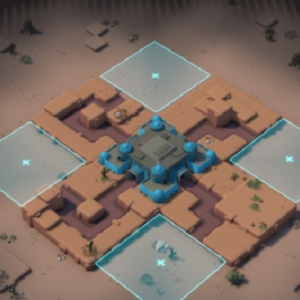Similiar games
Find The Ball Under Cup is a concentration-based game where the player must locate a hidden ball after several cups have been shuffled. The concept is direct and familiar: one ball, a few identical cups, and continuous movement that tests visual accuracy. The objective never changes, but each round introduces faster motion and a higher demand for precision. The game’s simplicity makes it easy to understand but difficult to master, turning observation itself into the central challenge. Every attempt becomes a short test of how effectively a player can track movement through distraction.
Game Sequence And Core Rules
Each round in Find The Ball Under Cup follows a fixed structure that repeats throughout the session. The player is shown the ball under a cup before the shuffle begins. Afterward, the cups move at varying speeds and directions until they stop, and the player must choose which cup hides the ball.
Key features of gameplay include:
- A visible starting position of the ball
- Gradual acceleration during the shuffle sequence
- One clear opportunity to make a guess
- Immediate result display after each attempt
This predictable format builds a clear learning curve, where improvement depends solely on attention and pattern recognition. With repetition, players learn to recognize motion paths, anticipate cup positions, and identify subtle cues that reveal the correct choice.
Focus Techniques And Improvement
To succeed in Find The Ball Under Cup, players rely on concentration rather than speed. The first effective method is to fix your gaze on the starting cup and avoid following multiple movements simultaneously. Peripheral motion can create confusion, so it is more efficient to track a single path. Another useful approach is to observe the rhythm of motion instead of trying to see the ball directly — many sequences repeat or alternate in specific patterns. Over time, repeated play strengthens short-term visual memory and helps the player remain focused even as the shuffle becomes more complex.
Challenge Level And Replay Motivation
The difficulty progression in Find The Ball Under Cup is gradual but consistent. Each new level increases speed, shortens the shuffle intervals, or adds additional cups. The design relies on timing and focus rather than new mechanics, keeping the experience familiar while raising the level of precision required. Because of this steady progression, the game maintains its replay value. Players often replay rounds to beat their own accuracy rate or to test how long they can maintain concentration. Improvement becomes measurable through performance rather than points or visual rewards.


